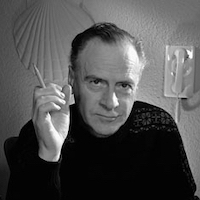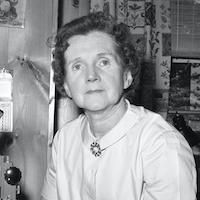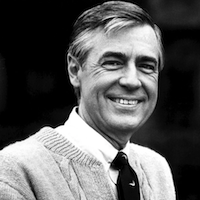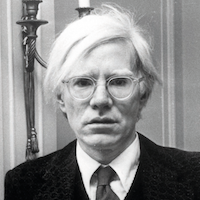The Church Communications Ecology Program
“We shape our tools and, thereafter, our tools shape us.” -Fr. John Culkin, SJ
What is Church Communications Ecology?
In a time when media technology is dramatically reshaping culture, this program offers Church leaders a Catholic philosophical foundation for engaging the digital environment with virtue and wisdom.
Church: How can Catholicism respond to tremendous technological transformations of our time? For over 2,000 years, the Church’s mission has remained constant: calling people to everlasting life in Jesus Christ.
Communications: Communication has always been central to that mission. Many assume the root of “communication” is unity—and communication’s purpose is facilitating that unity. But the root is actually munus, the Latin word meaning “gift, task, or responsibility.” Moreover, it is a com-munus, a gift, task, or responsibility we share with others.
Ecology: A healthy ecology is one that is in balance. In times of technological upheaval, the cultural ecology can be thrown out of balance. Just as a natural ecosystem can become polluted or unstable, our social, political, economic, and religious systems can be destabilized by changes in technology. The printing press fueled the Protestant Reformation. What is the digital revolution fueling? By coming to terms with the effects of new technologies on social life, we can work together to restore authentically Catholic cultures in our homes, schools and parishes.
Along our journey, we will encounter four figures who will provide touchstones for our reflection:
| The Philosopher | The Ecologist | The Pastor | The Artist |
 |
 |
 |
 |
| Marshall McLuhan was both a faithful Catholic and one of the foremost architects of media ecology. He will provide coordinates for thinking faithfully about the complexities of contemporary media. | Rachel Carson is credited with advancing the environmental movement in America. Carson's ecological concern for nature provides a fruitful way for us to attend to the social and technological environments that have come to shape our daily lives. | Fred Rogers was a Presbyterian minister who used the media to forge authentic connections with children. He will help show how media can become a means of pastoral outreach and care. | Andy Warhol used pop art to seek beauty while critiquing the excesses of contemporary consumer culture. He will help show how design thinking can help Catholics respond to a changing world. |
Who should participate?
The CCEP is open to all those who recognize the deep cultural transformations wrought by the digital environment and are seeking ways to respond virtuously and pastorally. Lay leaders working in parish/diocesan ministries, teachers and catechists, seminarians, clergy, artists, and Catholic professionals working in industry are all encouraged to apply.
2022 CCEP Schedule
-
6-week online course (January 17th - February 25th)
- Conducted via ZOOM 2x/week with discussion and creative exercises
-
4-day workshop in Pittsburgh, PA (April 19th - 22nd)
- Visits to Fred Rogers Archive, Google offices, Warhol Museum, Catholic sites
-
4-day conference at University of Notre Dame (June 28th - July 1st)
- Talks from global experts and presentations by members of the CCEP cohort
At the end of the program, participants will be able to:
- Identify the emerging pastoral questions posed by life in the digital age.
- Apply Catholic social teaching to those questions.
- Use design thinking to develop constructive, faithful responses to those questions.
How much does it cost?
All expenses are covered by a generous grant from the Lilly Endowment’s Thriving Congregations Initiative. Participants also receive a $250 stipend for their participation.